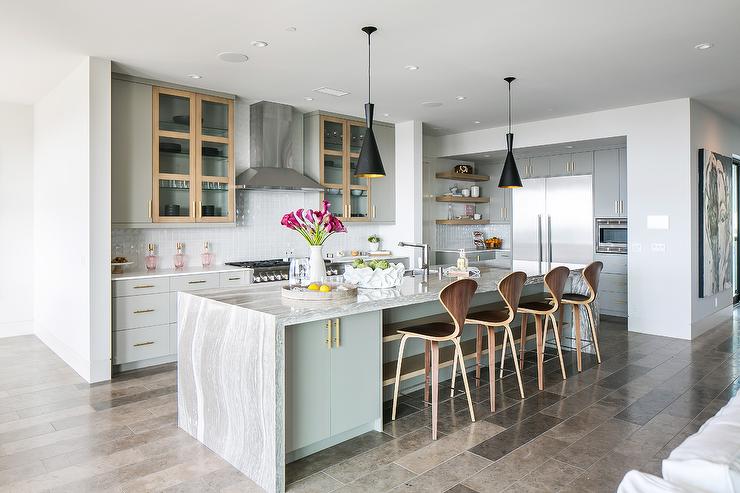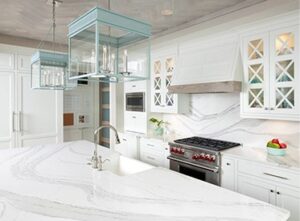Are you a messy cook? Are accidents and spills commonplace? If so, then you may think that hardwood flooring isn’t the right option for your kitchen. However, what may surprise you is that when your hardwood flooring is properly cared for and cleaned, it can work well in your kitchen and in fact, it can be a great option.
While wood flooring can be damaged by water, and plank flooring requires you to sand and refinish it every 10 years, they can also last for the duration of your home when properly maintained. With all that in mind, it’s still important that they are properly cared for, which is the main reason that hardwood flooring isn’t the best option for all kitchens.
Are Hardwood Floors Right for Your Kitchen?
Hardwood flooring is a beautiful option and it can work with virtually any design style. If you are working on remodeling your kitchen with the existing wood flooring, then it’s highly recommended you keep them in place, unless of course you are thinking about replacing it with tile.
If you aren’t in the midst of a remodel, but still want new floors for your kitchen, then getting to know the pros and cons of wood can help you decide.
Benefits of Hardwood Flooring in the Kitchen
There are several positive aspects of installing wood in your kitchen. These include:
- Beauty: Wood is beautiful, and you can choose from an array of colors and wood grains to find one you love.
- Durability: While concrete and tile are the most water-resistant flooring options available, wood is a close third. If you clean up spills right away, you won’t experience any damage or issues.
- Versatility: Wood looks great, and can be used with virtually any design style from traditional to farmhouse, to contemporary and everything in between.
- Warmer and softer than tile: If you want to choose between your current hardwood, and replacing it, make sure the texture is considered. Tile is much colder than wood, but rugs can help with that.
The Drawbacks of Wood in Your Kitchen
Just like any other design element, there are drawbacks to having wood flooring in the kitchen. Knowing what these are can help you decide if it’s right for your home. These include:
- Cost: Wood is an expensive flooring option.
- Vulnerability: While maintained wood flooring can last for 100 years, the surface is prone to scratching and denting.
- Maintenance: You need to sand and refinish your wood floors every decade or so.
- Hardness factor: While wood is softer than concrete or tile, it is harder than linoleum, cork or vinyl.
As you can see, there are both pros and cons related to installing hardwood flooring in your kitchen. Being aware of what these are can help you determine if it is right for your space. You can also work with a designer who can help you make the right decision.










